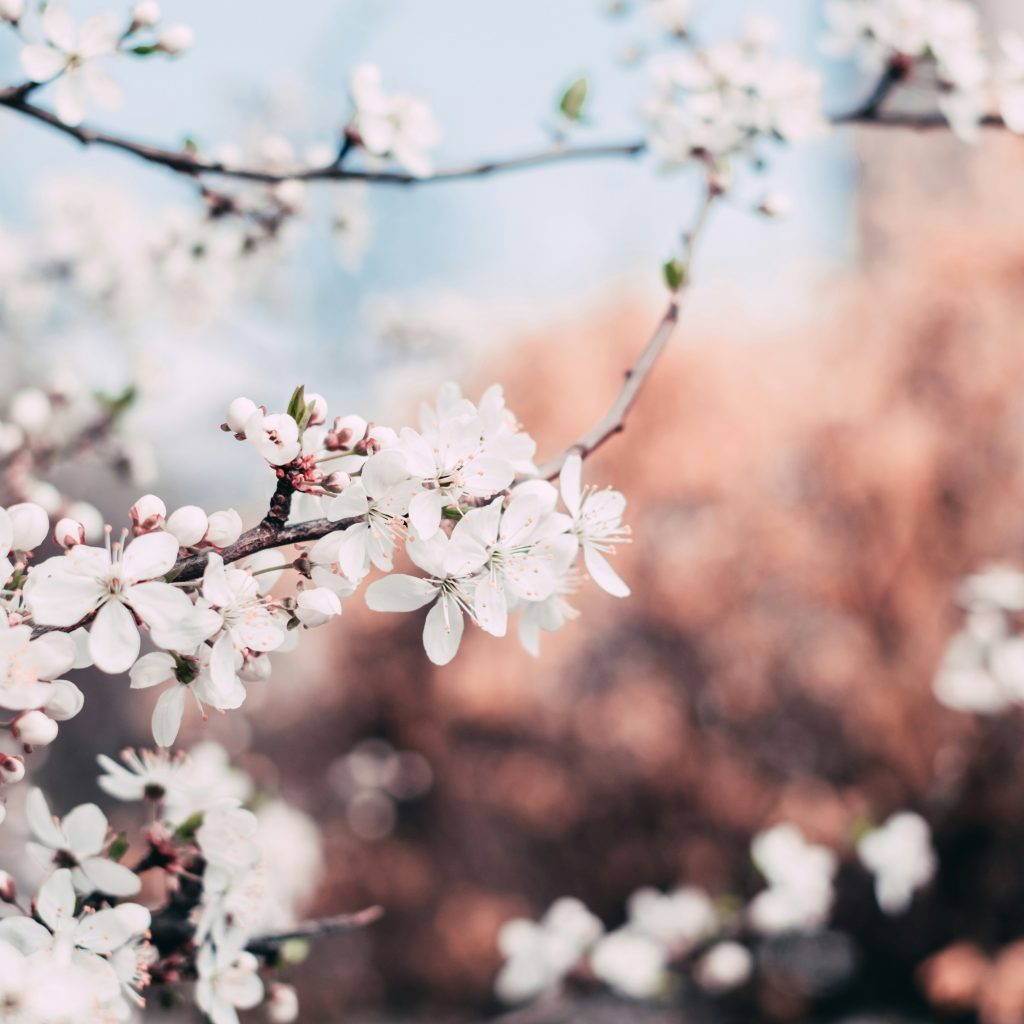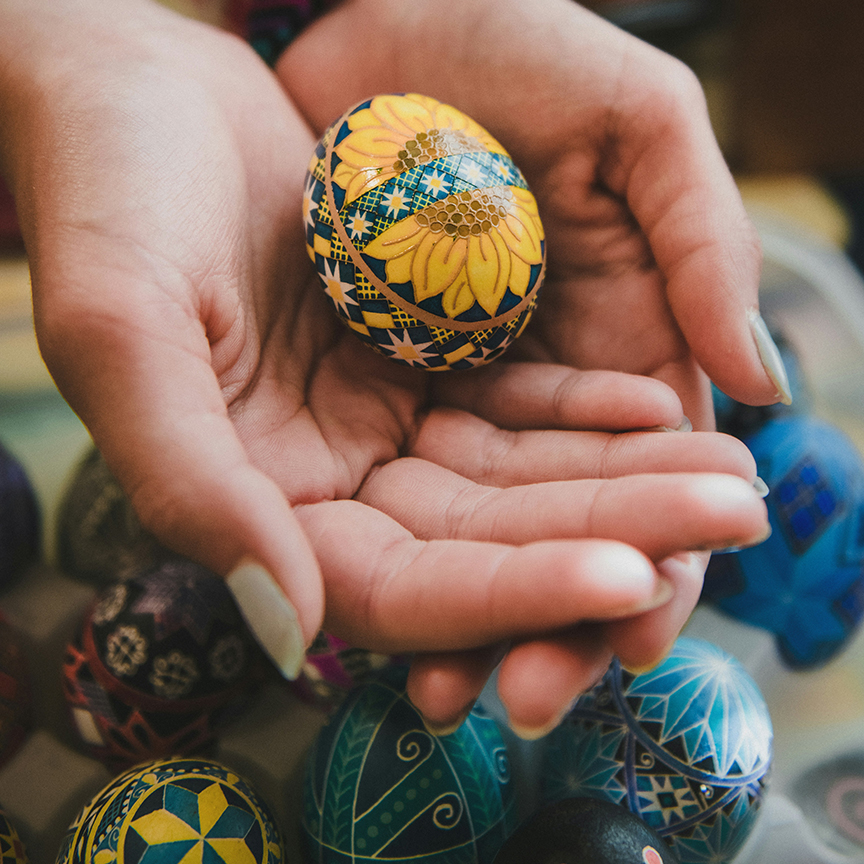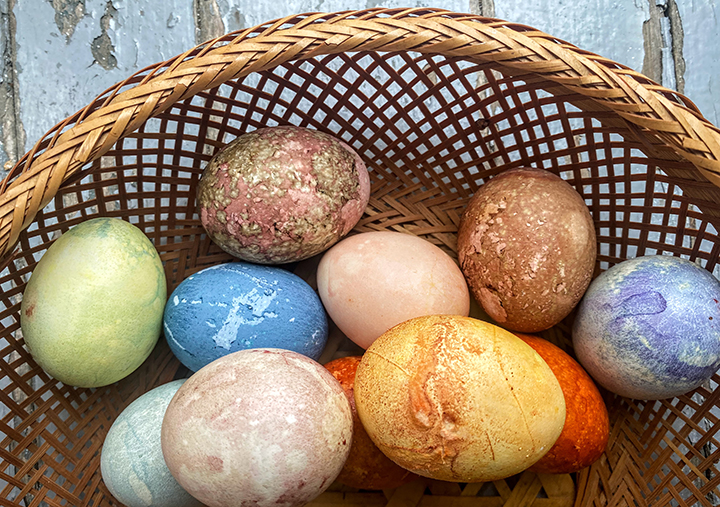
The Spring or Vernal Equinox is the midpoint between the Summer and Winter Solstices. Day and night are of equal length in nearly all parts of the world. The word equinox comes from the Latin words for “equal night”—aequus (equal) and nox (night). On the Spring Equinox the Earth’s tilt is at zero relative to the sun, meaning it is not tilting towards or away from the light, it is in balance. The Equinox is the astronomical first day of spring, traditionally starting the spring season. Sunlight increases, dawn is earlier, sunset is later and the earth begins again. This time of year has long been associated with spring and rebirth in cultures across the world. It was an important marker in the agricultural cycle, time to begin planting and seeding for the year. Many modern Easter traditions come from these much older celebrations of spring.


History
The Spring Equinox celebration is known by many names in many different places:
Ostara is the neo pagan name for the holiday. The name Ostara is said to come from a spring goddess named Eostre, however scholars aren’t quite sure.
In Germany, on Easter, it was customary for children to build a nest in a field or garden in which a hare would lay colored eggs for them.
In Iran and many Persian countries the equinox is celebrated as the festival of Nowruz, which means “new day.” It’s traditional to start little trays of barley seeds for the spring season.
In Japan, people eagerly await the Hanami Festival. The date of this celebration is determined by the flowering of the cherry trees rather than the movements of the sun, but of course it is the movements of the sun that tell the blooms when to open! Hanami translates to “flower watching” and people celebrate with picnics under the trees.
The ancient Mayan people of Central America designed some pyramids to show an elaborate winding shadow of a serpent on the Spring Equinox. Historians believe it was an important religious and agricultural marker.
In India, the arrival of spring is celebrated with the festival of Holi, a literal explosion of color and merriment.
Easter in Eastern Europe, especially Ukraine, means pysanka; elaborately decorated eggs covered in ancient folk symbols honoring the sun.
In China, the Qingming Festival falls two weeks after the equinox, but is the start of the spring “Clear and Bright” part of the Chinese calendar. People sweep the graves of their ancestors, prepare green mugwort dumplings, and spend time outside hiking or flying kites.
Even Passover, which commemorates a specific religious event, has core themes of rebirth and renewal, of light coming after dark.


Symbolism
The connecting thread through all of these celebrations is spring. New life, rebirth, growth, and sunlight show up again and again.
Eggs in particular, have always felt magical and mysterious to people, one minute they are hard and rock-like and the next there is new life springing out. It’s a brilliant metaphor for spring erupting from a seemingly dead winter world.
Growth and growing are a big part of spring symbolism. People plant seeds, forage early spring greens and enjoy the return of green plants to their diet.
The symbol of rabbit or hare predates the Christian celebration of Easter. Not only are rabbits and hares super active this time of year, but they are raising babies and coming out of their underground burrows, another clear metaphor for the earth waking up and starting to grow.


Celebration
Spring Equinox is a great time to get outside. No matter what spring looks like in your part of the world, there is something to celebrate. It could be blooming flowers or just more sunshine. There is an electricity in the air in spring– everything is waking up and you can feel it! Spring fever has us longing to breathe fresh air and be in nature. So garden, hike, splash in vernal ponds, look for spring ephemerals, forage for tasty spring greens, craft with eggs (or eat them..) and marvel at the beauty of the earth waking up.
Find all of our ideas for celebrating here.
